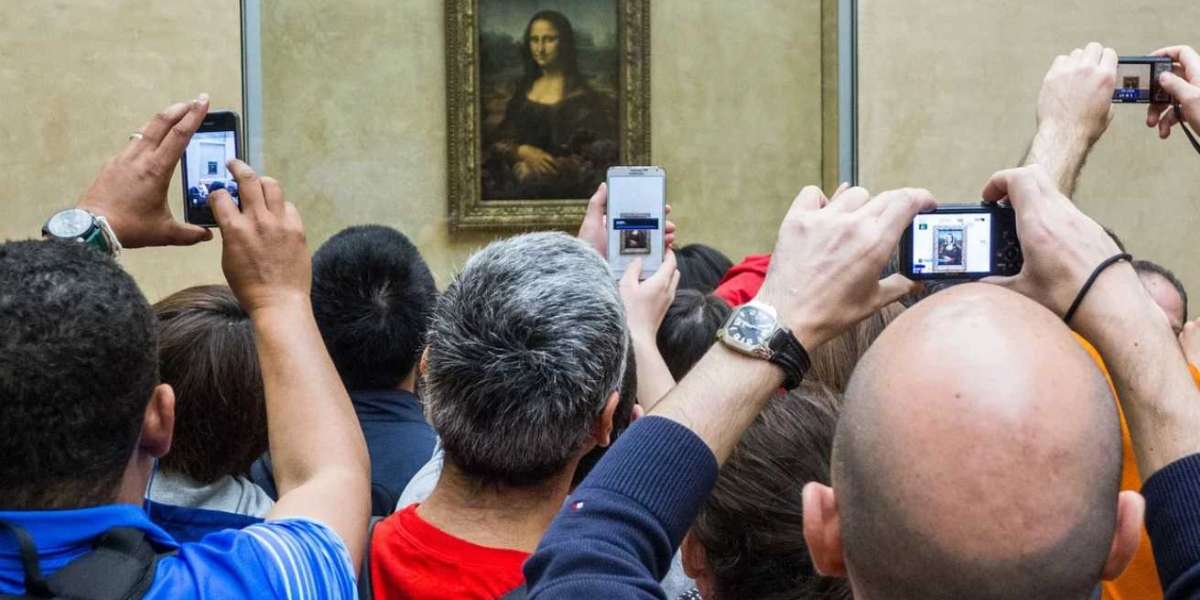The Sistine Chapel, located within Vatican City, is a testament to human creativity and artistic genius. One of its most iconic features is the ceiling, adorned with frescoes painted by the legendary Renaissance artist Michelangelo Buonarroti. In this article, we will embark on a journey to explore the breathtaking beauty and profound symbolism of Michelangelo's Sistine Chapel ceiling frescoes.
Michelangelo: The Artist Behind the Masterpiece
Before delving into the frescoes themselves, it's essential to understand the artist behind this magnificent creation. Michelangelo, born in 1475 in Caprese, Italy, was a polymath whose talents extended beyond painting to sculpting, architecture, and poetry. His profound influence on art and culture during the Renaissance era is undeniable, and his work on the Sistine Chapel ceiling is a crowning achievement in his illustrious career.
The Commission and Its Challenges
The creation of the Sistine Chapel ceiling frescoes was commissioned by Pope Julius II in 1508. It was a monumental undertaking that would test Michelangelo's skills and endurance. The artist was initially reluctant to accept the commission, as he considered himself primarily a sculptor who made the most famous paintings in the world. Nevertheless, he eventually agreed, and what followed was four years of intense labor and artistic innovation.
The Composition: A Divine Narrative
The ceiling frescoes of the Sistine Chapel are not just random paintings but a carefully structured narrative that tells the story of creation, humanity's fall from grace, and the promise of salvation. This narrative is divided into nine main panels, each with its own significance:
- The Separation of Light from Darkness: This powerful image depicts God reaching out to Adam, symbolizing the creation of mankind and the gift of life.
- The Creation of Adam: Perhaps one of the most iconic images in the history of art, this fresco showcases God breathing life into Adam, symbolizing the divine spark within humanity.
- The Creation of Eve: In this scene, God presents Eve to Adam, symbolizing the union of man and woman and the creation of the first family.
- The Original Sin and Expulsion from Eden: This panel illustrates the fall of humanity from grace due to disobedience and the subsequent expulsion from the Garden of Eden.
- The Sacrifice of Noah: This fresco represents God's wrath upon the sinful world and Noah's obedience in building the ark, a symbol of hope and salvation.
- The Deluge: Depicting the great flood that cleansed the earth of sin, this scene is a testament to God's power and mercy.
- The Drunkenness of Noah: Following the flood, Noah's human weakness is portrayed, serving as a reminder of the frailty of human nature.
- The Prophet Isaiah: This panel introduces the prophetic dimension of the narrative, foretelling the coming of the Messiah and the salvation of mankind.
- The Last Judgment: Located at the chapel's altar wall, this awe-inspiring fresco depicts the final judgment when Christ returns to judge the living and the dead. It serves as a powerful reminder of the consequences of one's actions.
Michelangelo's Technique: Fresco Painting Mastery
To achieve this monumental task, Michelangelo employed the fresco technique, which involves painting directly on wet plaster. This technique required exceptional skill, as there was no room for error. Michelangelo's mastery of this medium allowed him to create vivid, long-lasting images that still captivate viewers today.
The Iconic Figures: The Creation of Adam and the Sibyls
Two figures from the ceiling frescoes have achieved extraordinary fame: "The Creation of Adam" and the sibyls.
- The Creation of Adam: Located at the center of the ceiling, this image is a masterpiece within a masterpiece. The outstretched hands of God and Adam, almost but not quite touching, convey the profound moment of divine connection and the potential for human greatness.
- The Sibyls: Michelangelo also painted the twelve sibyls, mythological prophetesses from various cultures, who symbolize the anticipation of the Messiah. Each sibyl is uniquely rendered, showcasing Michelangelo's ability to infuse individuality into his subjects.
The Ceiling's Colors: The Vivid Palette of the Divine
Michelangelo's use of color is a testament to his genius. The frescoes employ a rich and vibrant palette, with colors that have retained their brilliance over the centuries. The juxtaposition of deep blues, fiery reds, and luminous gold creates a visual feast for the eyes, drawing viewers into the celestial world depicted above.
Symbolism and Theological Depth
Beyond their visual appeal, the Sistine Chapel ceiling frescoes are laden with theological depth and symbolism. Michelangelo's use of imagery and composition conveys profound messages about the relationship between humanity and the divine, the consequences of sin, and the hope of redemption.
Legacy and Impact
The Sistine Chapel ceiling frescoes have had an enduring impact on art and culture. They continue to inspire artists, scholars, and viewers worldwide. Countless artists have studied Michelangelo's technique and drawn inspiration from his innovative approach to fresco painting. Read more to know about Nature good morning images.
Conclusion: A Journey into the Divine
Exploring Michelangelo's Sistine Chapel ceiling frescoes is like embarking on a journey into the divine. These masterpieces transcend time and space, inviting us to contemplate the profound themes of creation, sin, and salvation. As we gaze upon the rich colors, intricate details, and iconic figures, we are reminded of the enduring power of art to elevate the human spirit and connect us with the divine. Michelangelo's genius, as captured in these frescoes, leaves an indelible mark on the world and continues to be a glimpse into paradise for all who have the privilege to behold it.



